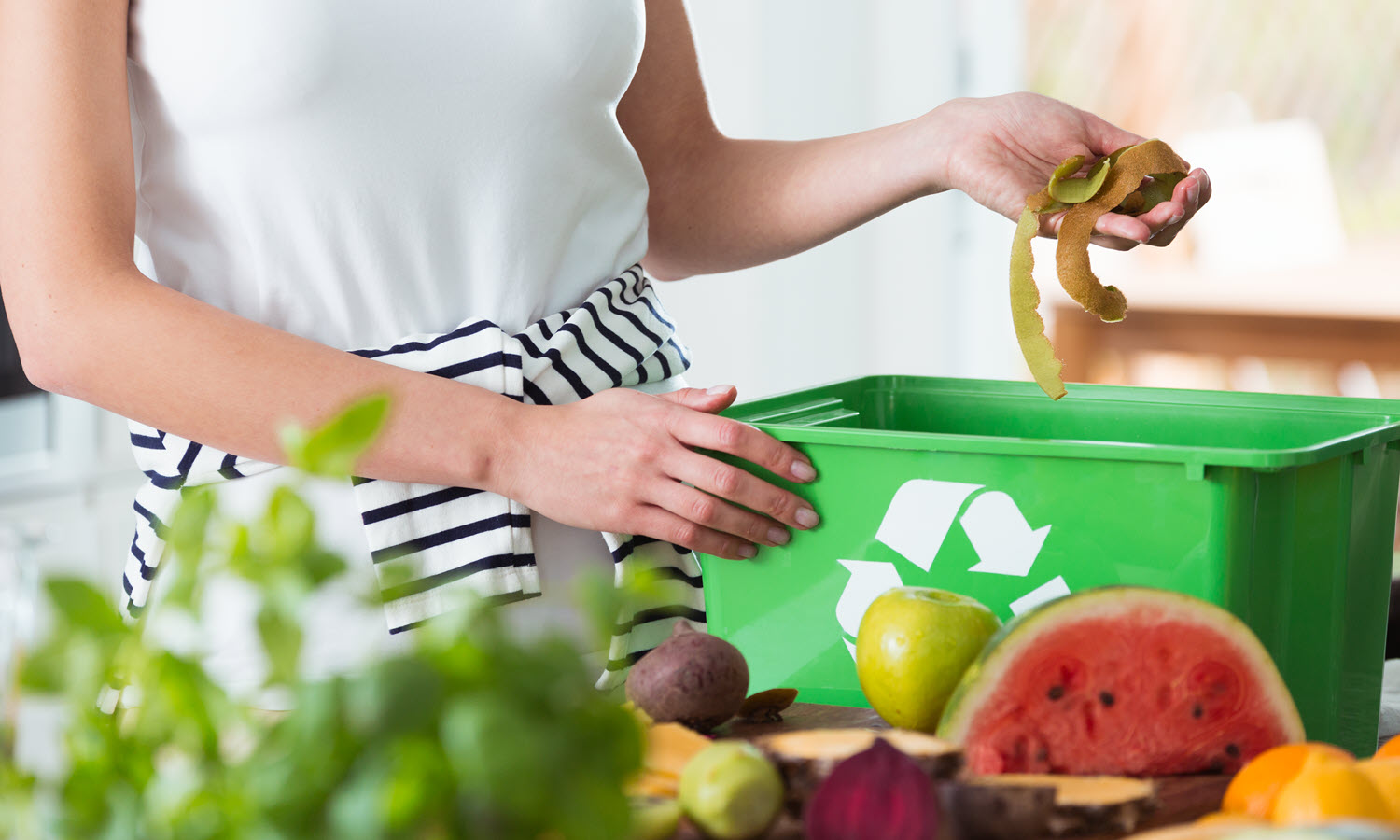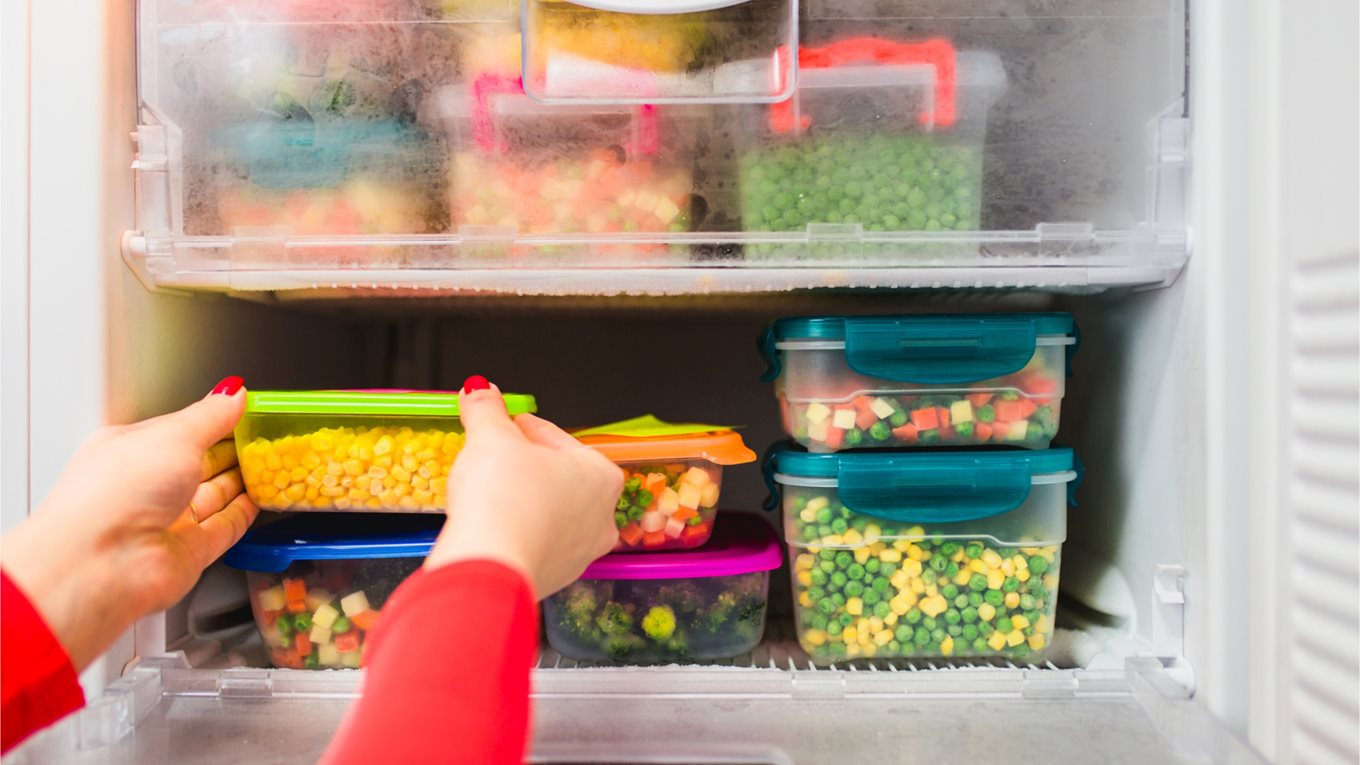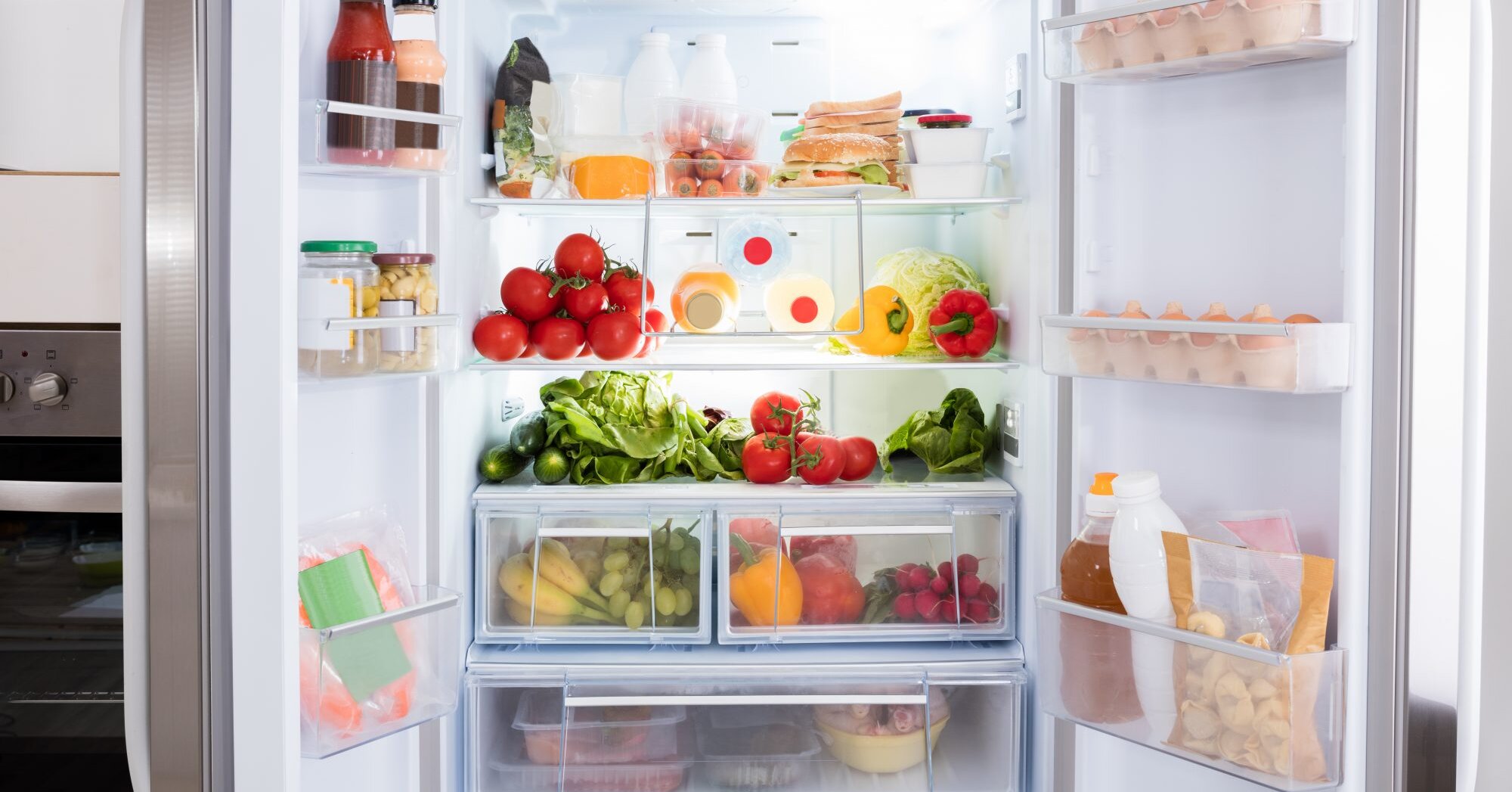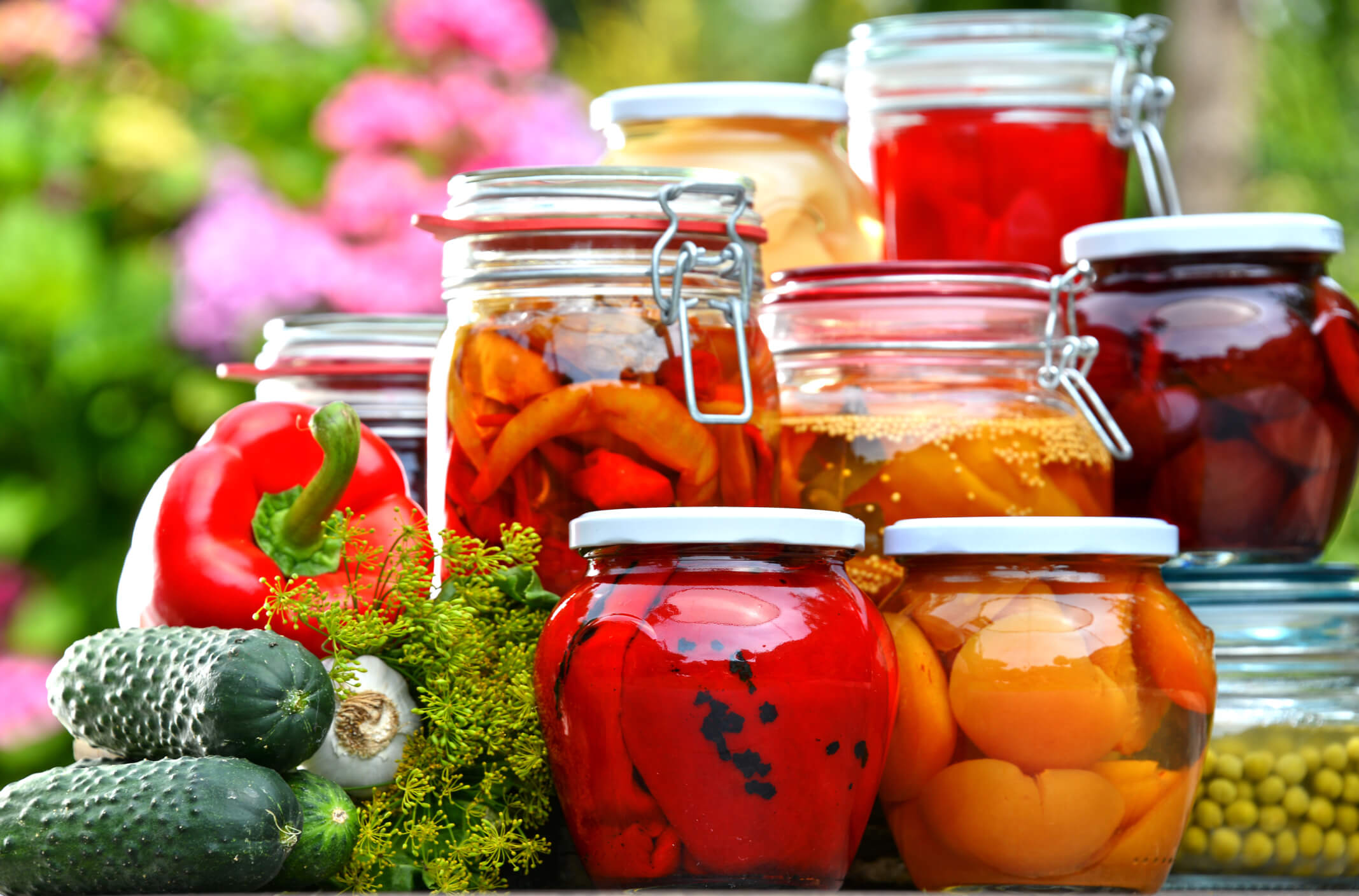
Did you know that nearly one-third of all food produced in the world is discarded or put to waste? We all think that it isn’t really an issue that affects us but all our waste cumulatively leads to an increase in greenhouse gases and results in a huge waste of natural resources and money.
Here are a few ways that you can keep yourself accountable and reduce your contribution to the carbon footprint while saving money effectively.
1. Avoid Over-Purchasing

Buying in bulk may seem economical at first, but in reality leads to a huge waste of food, with produce spoiling away before it’s been used. It’s important to create a list of goods and stick to it without any deviation so as to make the most out of the food we actually do require. If you can, shop in a nearby store where you can buy food as and when you need it, rather than a store 20 miles away that you only visit once a fortnight. If you have picky kids, shop in a store, like mid atlantic market, that sells food that they like and will actually eat. It’s important to make them try new things, of course, but there’s no point in buying your kids food that they won’t eat and will ultimately throw away.
2. Storing Food

Most of the time, food ends up going bad due to the lack of appropriate storage. Usually, on the back of most packaged foods, instructions on how to store them will be written down to help keep them fresh for as long as possible. For example, if you were to bake some condensed milk brownies, but failed to eat them all at once, then you could freeze them, once fully cooled, in the freezer for three months, which saves you throwing them out.
3. Segregate Food Waste For Composting

The best way to dispose of any food waste generated is to use it as compost which is considered to be the best type of fertilizer that can be used for your mini garden! Take items like vegetable/fruit peels and layer them in the soil, ensuring that it is continuously kept moist. This will create an amazing environment for your plants to thrive and grow in.
4. FIFO As An Organizational Tool

FIFO or first-in-first-out is something you might’ve learned as a method of accounting inventory in your business class. We can apply this concept easily when organizing the inventory/food in our kitchen by placing a preference for the items we purchased first so that we can use all the items well before they expire.
5. Meal Prepping

Sorting out your meals for the week in advance is not only amazing for reducing food waste but also removes the headache of trying to figure out what to eat on a daily basis. This can be done by sitting down and deciding what you would like to eat and the ingredients required. Create a list of dishes you want to prepare throughout the week and then prepare the food needed accordingly!
6. The Art of Preservation

An easy way to use food that would otherwise rot away is to preserve them for the long haul. This can be done in multiple differing ways. It could mean making your own homemade jam or preserve in the case of fruits, or even freezing ingredients completely or making pickles in the case of veggies, bread, and meats.
7. Understanding Food Dates

Sell-by or expiry dates are often confusing, resulting in us prematurely throwing out perfectly good food. Best-by dates often don’t reflect the true state of the food and anything that may be “going bad” can actually be used in different ways. For example, wilted leaves are amazing for vegetable stocks and soups!
8. Customize Restaurant Meals

If you dislike an ingredient, ask the waiter whether that ingredient is present in the dish you want and if so, to not add it in. Most restaurants and fast-food places will accommodate such requests and the dish will be brought out accordingly. A small step like this can help you save food that would have otherwise been thrown out quite unnecessarily.
9. Don’t Over-Serve
For many of us, food is looked at as an expression of love, so piling on a bunch of food for your loved ones may seem justified. ÄŸŸ˜… However, dialing back on over-serving is the key to reducing the overall food waste in a household. Taking multiple servings according to your appetite is much more efficient than taking one huge serving and not being able to finish it because you overestimated how much you could eat.
10. Track What You Throw

This is a simple yet effective strategy. We often don’t realize how much food we throw out on a daily basis. Tracking each item down will only serve to open our eyes to the amount of food wasted and how we can cut back on that waste for the long term. This can be done by making a list and writing each item down with the date of expiry as well.
Reducing 1.3 billion tonnes of food waste may seem intimidating and impossible at first, but if even one individual takes the least amount of effort to reduce their waste- it would make a world of a difference!
Written and Researched by Nikita Jacob



